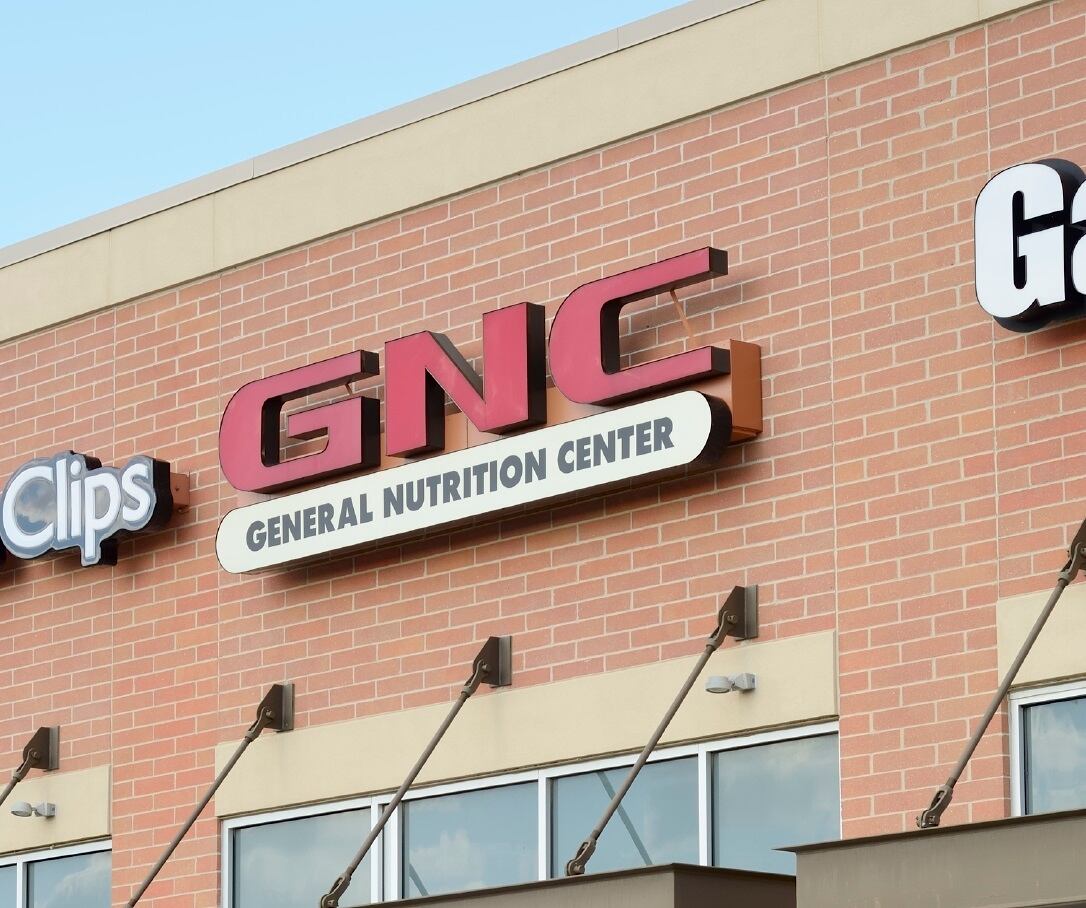On February 3, 2015 we asked 10 questions about the AG’s action, and most of those remain unanswered. That doesn’t mean we haven’t learned anything during those two weeks, however, and here are our takeaways and talking points so far.
Feel free to add your own in the comments section.
The methodology
It was clear to many industry experts from the very first moment that the Attorney General had chosen an inappropriate method to test finished products, the majority of which are botanical extracts. The subsequent back and forth in the media has reinforced that view with comments from unexpected sources, such as Dr Pieter Cohen and Dr Tod Cooperman.
Mr Schneiderman’s office has maintained its position, however, and claims there are “more than 70 published papers” that verify the use of the method for the products. Our requests for a list of those references have been met by silence.
For those who have not yet seen it, we recommend you read the letter by Roy Upton from the American Herbal Pharmacopeia to Attorney General Schneiderman that provides a sample of the primary nationally and internationally accepted methods for the testing of the various botanicals tested by the NY AG.
From quality to efficacy
The subpoenas sent by the AG to the companies to provide evidence to support their label claims is a change of direction and perhaps indicates the AG has realized his DNA barcoding tests are not what he thought they were. “Misdirection” was what Dr Daniel Fabricant called it. If that approach is also met by sound documentation from the retailers, what will the AG try next?
GNC

If there has been a shining example of how to respond to the NY AG’s investigation, it has come from Pittsburgh. The retailer has been compliant with the AG’s demands to remove product from store shelves while also being firm in the defense of its quality standards. The speed at which it was able to assemble the GMP records to verify the initial testing of the products and the way in which it retested those products have been impressive. The other retailers have acted differently but that’s to be expected – supplements are only a small part of their overall business, and they’re much bigger, and therefore potentially slower moving, entities.
Transparency
We picked it as one of our key influences for 2015 at the very start of January, but the last few weeks have seen the word used more than any could have predicted. While the overwhelming demand has been for transparency from the NY AG’s office over his testing methodology, reference standards, and overall data, the issue does cut both ways.
This represents a real opportunity for the industry to become much more transparent. In an interview with us last year, Robert Craven, CEO of Food State, told us: “Transparency with a big T is the solution to many of the industry’s woes.”
It will not come easy to some companies, he said. “The hard part is contract manufacturers. No contract manufacturer is going to be that transparent. Also, ingredient brokers don’t want to share sources, because it risks making them redundant. Transparency is going to be tough on the broker community.”
The class actions

It did not take long for the vultures to start circling, and class actions have now been filed in different states across the US, some targeting all four retailers, some targeting select retailers. Industry sources expect these to increase, and adding a claims angle into his investigation the AG may also be offering class action lawyers a second bite of the apple.
Other AG’s
This is something a lot of people are watching: The AG’s do talk to each other; via the National Association of Attorneys General, or associations for Democratic and Republican Attorneys General. Will others jump on board with their New York colleague, or will the backlash against the NY AG’s methods make them think twice?
Congress

Moving from the State Capitals to the US Capitol, you can be sure that the likes of Dick Durbin (D-IL) and Richard Blumenthal (D-CT) are watching this closely. Will they act to call for more stringent regulatory oversight or will they wait to see how Mr Schneiderman fares?
The media
Make no mistake about it; there is a struggle for the hearts and minds of consumers going on. Once the initial brouhaha died down, we have seen more and more reports that dismiss the use of DNA barcoding to test botanical extracts. If you’re looking for some balanced mainstream coverage of the issue, here are a few places to start:
The New Yorker: How Not to Test a Dietary Supplement, by Nicola Twilley, Feb 10, 2015
Prevention: Don't Give Up On Your Supplements Yet: Why That Damning Report Was Fatally Flawed, by Sara Altshul
Live Science: Herbal Supplement Controversy: Did NY Investigation Use the Right Tests? by Rachael Rettner, Feb 5, 2015
Associated Press: Supplements Industry Derides NY Attorney General's DNA Tests, by Mary Esch, Feb 8, 2015
Huff Post: The Truth Behind Your Supplements, by Caroline Cederquist, MD, Feb 13, 2015
On the flip side, serious questions need to be asked of the New York Times’ editorial board because its coverage has been far from “the complete, unvarnished truth as best we can learn it” (as they state it should be in their own standards and ethics). The publication has consistently failed to include comment from independent analytical experts or industry sources to counter the assertion that DNA barcoding is appropriate for botanical extracts.
I would love to know if the NY Times has actually seen the Attorney General’s data.
More worrying, however, is that the paper has not only maintained its position, it has doubled down to condemn everyone: “That such well-known brands should be found to be fraudulent suggests that the problem infects the entire industry”, from Herbal Supplements Without Herbs.
But then Anahad O’Connor authored an article on February 12 with the headline, Knowing What’s in Your Supplements in which he lists third party organizations such as USP, NSF and ConsumerLab to verify the quality of the products, which is interesting for a few reasons:
1. None of the organizations listed would rely exclusively on DNA barcoding for finished products, if they rely on it at all;
2. Mr O’Connor appears convinced of the quality of these organizations, and yet he failed to include comments from experts at these organizations elsewhere that would undoubtedly have countered the AG’s stance that DNA barcoding was appropriate for the products tested;
3. By acknowledging these organizations and their standards he is acknowledging the industry does offer quality products.
The next articles will reveal if this marks a shift or a softening.

